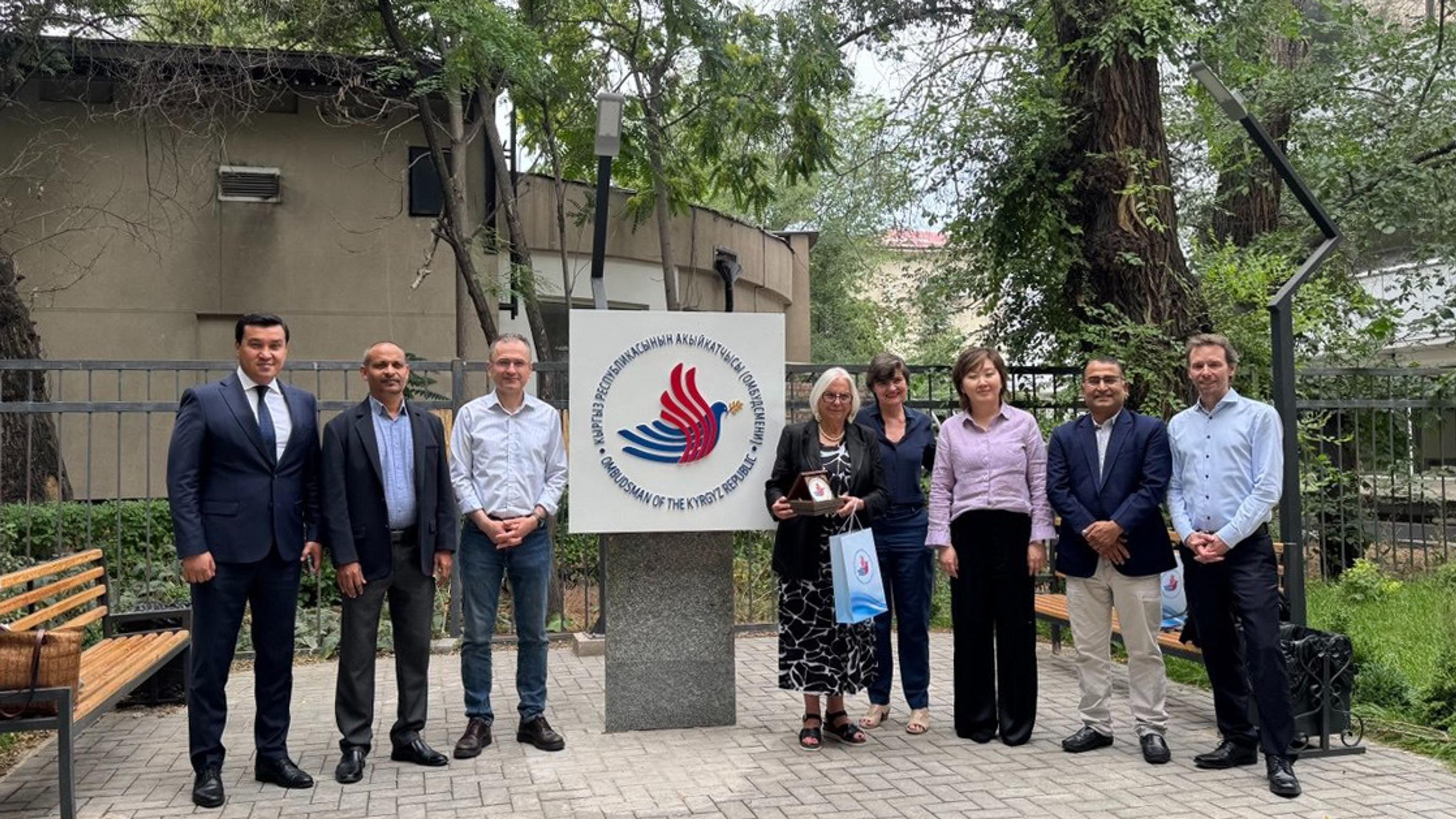Fact Sheet 8: Role and functions of NHRIs - Intervening in court proceedings
01
Many NHRIs are able to seek to intervene in court proceedings as a ‘friend of the court’ in cases that involve significant human rights issues.
02
An NHRI will generally intervene in a case that it considers raises important human rights considerations that might not be properly addressed if it does not intervene.
03
Through its court interventions, the NHRI plays an important education role and promotes the development of the law consistent with international human rights standards.
Across the Asia Pacific and in different parts of the globe, many national human rights institutions (NHRIs) are able to intervene in court proceedings that raise significant human rights issues.
The ultimate goal of their intervention is to promote State compliance with human rights obligations and greater harmonisation of national and international laws relating to human rights.
When it intervenes in its role as a 'friend of the court' (amicus curiae), the NHRI is not a full party to the proceedings and it does not take the side of one party or the other. Rather, the role of the NHRI is to make submissions on the human rights dimensions of the case.
The NHRI assists the court by outlining the provisions of human rights law that are relevant to the case and describing how those provisions might apply to the facts before the court.
In some countries, NHRIs must obtain the permission of the court before they can intervene. In other countries, the NHRI has an absolute right to intervene and does not require the permission of the court.

Why intervene?
An NHRI will generally decide to intervene in a case if it considers that the case raises an important human rights issue that might not be properly addressed if it does not intervene.
It intervenes to assist the court to come to the right decision – in human rights terms – in the particular case. However, the intervention will generally have an impact well beyond the individual case, especially in legal systems based on precedent.
Here, decisions in individual cases, especially those cases decided in superior courts, become the building blocks of the law. A binding decision of a superior court that interprets law and lays down legal principles consistent with human rights can be a powerful force for human rights promotion and protection.
Even in systems not based on legal precedent, decisions of higher courts can play an important education role across the legal system, including among the judiciary, prosecutors, defence and other lawyers and law students, as well as with the law enforcement system and the broader community.
How intervention occurs
The legislation establishing the NHRI usually does not set a procedure for interventions. It is up to the NHRI to determine when and how it will intervene. An intervention can begin in three ways:
A party to the case contacts the NHRI, describes the human rights issue in the case, indicates why the NHRI's intervention is required and requests the NHRI to seek to intervene
A case comes directly to the attention of the NHRI itself, the NHRI seeks further information on the case from the court and/or the parties, it seeks the views of the parties on whether its intervention is desirable, it considers whether there are significant human rights issues and whether those issues will be properly presented to the court by the parties themselves, and then it decides whether it will seek to intervene
A court hearing a case becomes aware of human rights issues in the case and is concerned that those issues will not be properly addressed by the parties and so it advises the NHRI and requests it to consider intervening in the case.

Being strategic when intervening
There is no limit to the number and type of cases that could raise human rights issues. Indeed, NHRIs could potentially intervene in very large numbers of cases every year.
It is therefore important that NHRIs adopt a strategic approach to intervention, identifying those cases where their intervention would have the greatest impact on human rights compliance and on the development of national law.
Publishing clear and public criteria for intervention assists parties and their lawyers to identify the kinds of circumstances in which the NHRI would seek to intervene. It also provides a framework for NHRI decision-making on intervention.
When the NHRI does seek to intervene, the court and the parties to the case should understand what level of intervention the NHRI will make. If they do not, they may have expectations that the NHRI is unable to meet or does not meet.
The NHRI's application for the court's approval to intervene should be clear on the scope of its proposed intervention. The application should be provided to all the parties and to the court.
Good practice
An NHRI should have the function of assisting courts with relevant human rights law in cases before the courts involving human rights issues. It can do so by seeking to intervene, as a 'friend of the court' (amicus curiae), in appropriate cases. It can also do so when responding to a request from a court for its assistance.
The NHRI should intervene in a case with the approval or leave of the court. This recognises the court's independence and its separation from other State institutions.
Find out more
Chapters 16, Manual on National Human Rights Institutions






